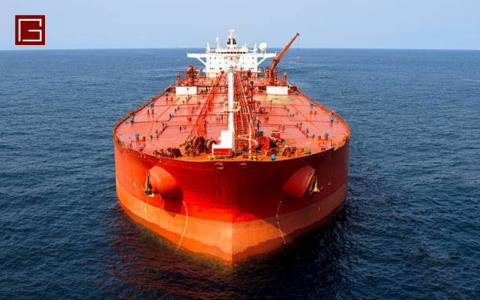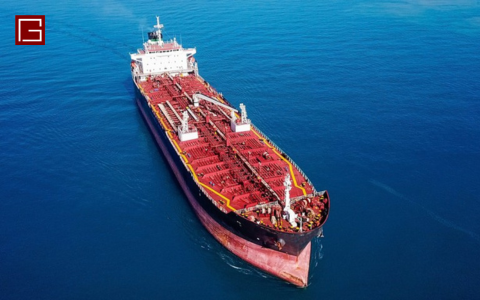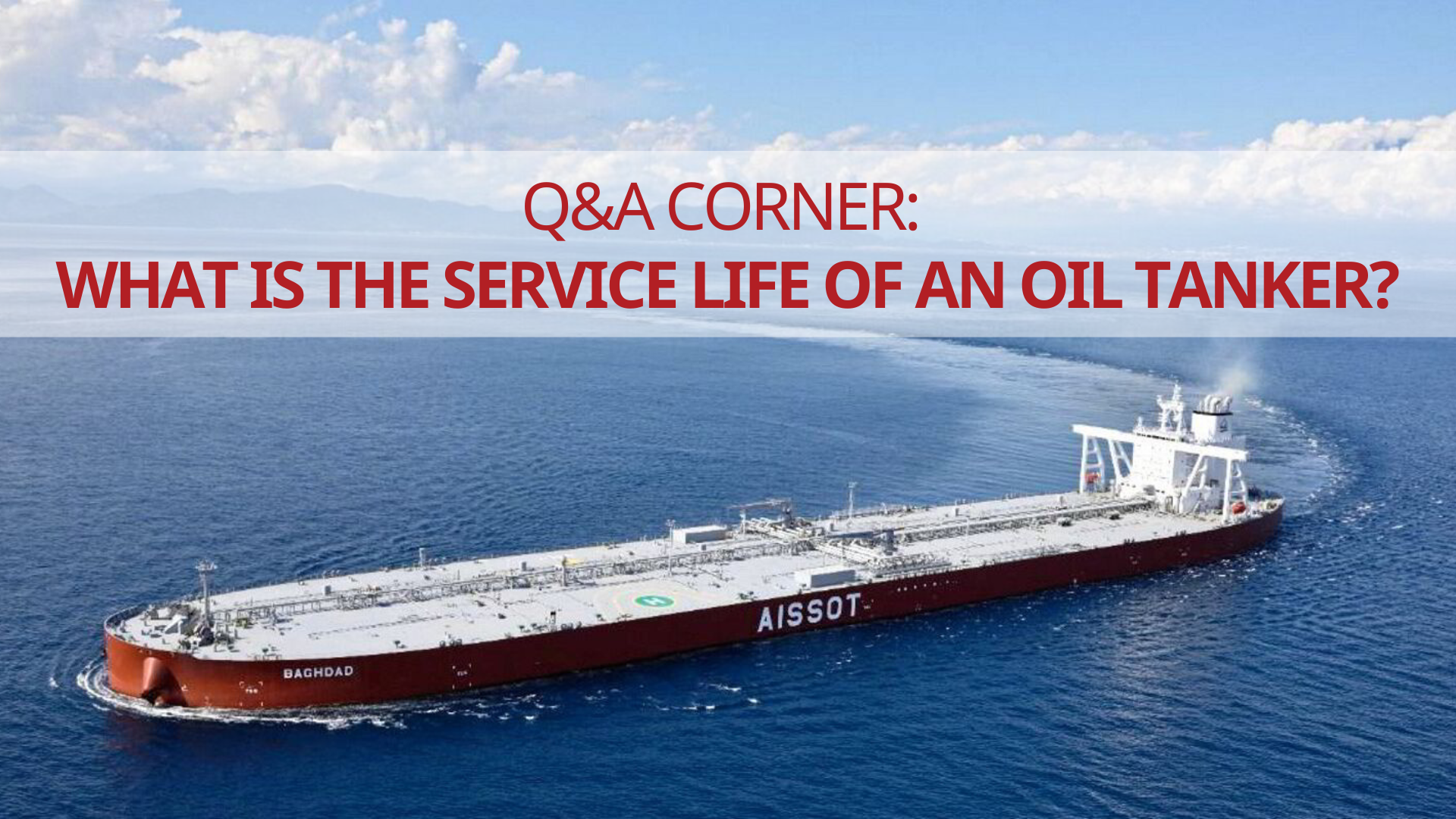BLog New
Oil Tanker Lifespan: How Long Do They Typically Last?
CONTENTS
- 1 Expert Insights: What Is the Service Life of an Oil Tanker?
- 2 Typical Service Life of an Oil Tanker
- 3 Key Factors Influencing the Lifespan of an Oil Tanker
- 4 Benefits of Oil Tankers
- 5 Core Operations of Oil Tankers
- 6 Major Risks Associated with Oil Tankers
- 7 Regulations on the Service Life of Oil Tankers
Expert Insights: What Is the Service Life of an Oil Tanker?
Oil tankers play a vital role in the global transportation of crude oil and petroleum products. However, like any other type of vessel, oil tankers have a finite operational lifespan. So, how long can an oil tanker remain in service?
Typical Service Life of an Oil Tanker
On average, an oil tanker has a service life of approximately 20 to 25 years. This time frame can vary depending on several key factors, including construction quality, maintenance practices, operating conditions, and the integration of modern technologies.
Key Factors Influencing the Lifespan of an Oil Tanker
-
Construction Quality: Vessels built with high-grade materials and under strict construction standards tend to have a longer service life.
-
Scheduled Maintenance: Regular inspections and maintenance routines help identify issues early, preventing serious damage and extending the vessel’s operational viability.
-
Operating Conditions: Tankers operating in harsh environments or regularly transporting corrosive cargoes may experience reduced lifespans due to environmental and chemical stressors.
-
Technology Integration: Upgrades and the implementation of advanced technologies can enhance performance and prolong the vessel’s useful life.
Understanding these factors is essential for shipowners, operators, and maritime professionals to optimize asset management and ensure the safe, efficient operation of oil tankers throughout their lifecycle.

Benefits of Oil Tankers
Oil tankers are indispensable to the global oil and energy supply chain, offering a range of critical advantages:
-
Meeting Global Energy Demand: They enable the transportation of crude oil and refined products from producing countries to consuming regions across the globe.
-
High Economic Efficiency: Compared to other modes of transport, oil tankers offer significantly lower transportation costs per unit of volume, making them the most cost-effective option for bulk oil shipment.
-
Massive Cargo Capacity: A single tanker can carry hundreds of thousands of tonnes of oil, significantly optimizing the energy supply chain and reducing the number of voyages needed.
Core Operations of Oil Tankers
Oil tankers are involved in several essential operations throughout their service life:
-
Loading and Discharging: Crude oil or refined petroleum is pumped onto the vessel either from offshore platforms or export terminals and later discharged at designated receiving ports.
-
Long-Distance Transportation: These ships navigate international maritime routes, connecting major oil-producing regions with global demand centers.
-
Floating Storage: In certain circumstances, tankers are deployed as floating storage units to relieve pressure on onshore storage infrastructure, especially during supply gluts or market imbalances.
Major Risks Associated with Oil Tankers
Despite their numerous benefits, oil tankers face a range of operational and environmental risks:
-
Oil Spills: Accidents or structural failures can lead to spills, causing devastating impacts on marine ecosystems and coastal communities.
-
Piracy: Tankers transiting high-risk areas such as the Gulf of Aden or the Strait of Malacca may encounter piracy threats, jeopardizing both crew safety and cargo security.
-
Fire and Explosions: Due to the flammable nature of oil cargo, tankers are inherently vulnerable to fire and explosion hazards, necessitating stringent safety measures.
-
Structural Degradation: Continuous operation in harsh marine environments can lead to corrosion, fatigue cracks, and overall structural wear, potentially compromising the vessel’s integrity over time.
Understanding these aspects is essential for maritime professionals, shipowners, and regulators to ensure the safe, efficient, and sustainable operation of oil tankers in an increasingly demanding global market.
Regulations on the Service Life of Oil Tankers
To ensure maritime safety and environmental protection, many nations and international maritime organizations have established strict regulations regarding the maximum operational age of oil tankers. For example, certain regulatory frameworks mandate that oil tankers must be decommissioned after 25 years of service, unless they undergo rigorous inspections and are certified as fit for continued operation.
While the actual lifespan of an oil tanker can vary depending on construction quality, operational conditions, and maintenance standards, the average service life typically ranges from 20 to 25 years. Adhering to scheduled maintenance routines, implementing technological upgrades, and complying with international regulatory standards are essential practices to enhance safety and extend the vessel’s operational life.

We hope this article has satisfied your curiosity about the fascinating world of ships. If you’re inspired by these engineering marvels and want to bring a piece of that maritime magic into your own space, don’t hesitate to visit the Gia Nhien’s showroom. With a collection of over 1,000 handcrafted wooden ship and boat models, each piece is meticulously made from natural wood by skilled artisans, capturing the elegance, detail, and heritage of real vessels.
These exquisite models are not only a celebration of fine craftsmanship but also the perfect addition to elevate your home or office decor with a touch of nautical charm.
👉 Explore the full collection of model ships here: https://woodenmodelships.net/shop/
And don’t forget to follow the Gia Nhien Wooden Ship Models Blog for more captivating stories and knowledge from the maritime world!

